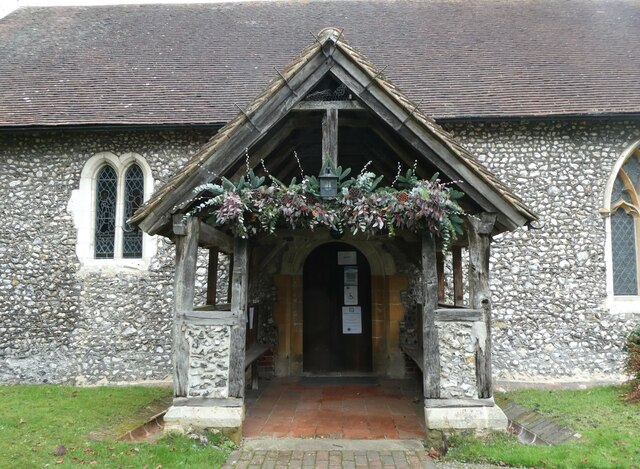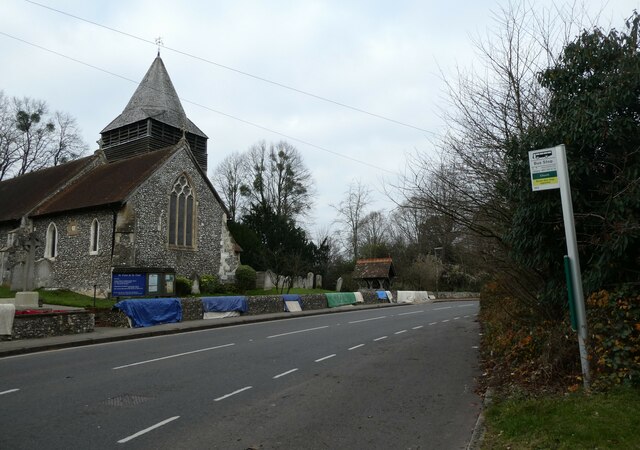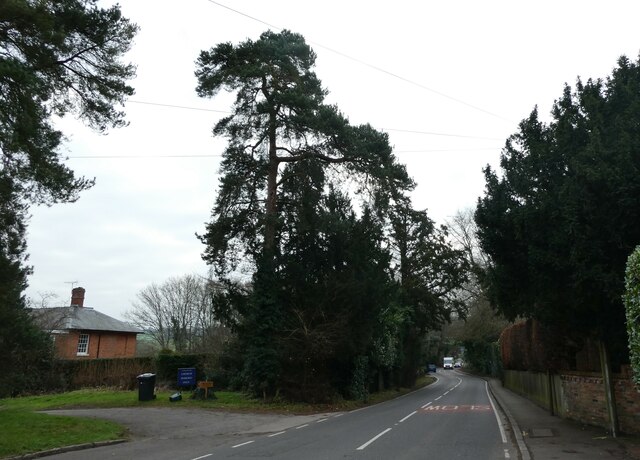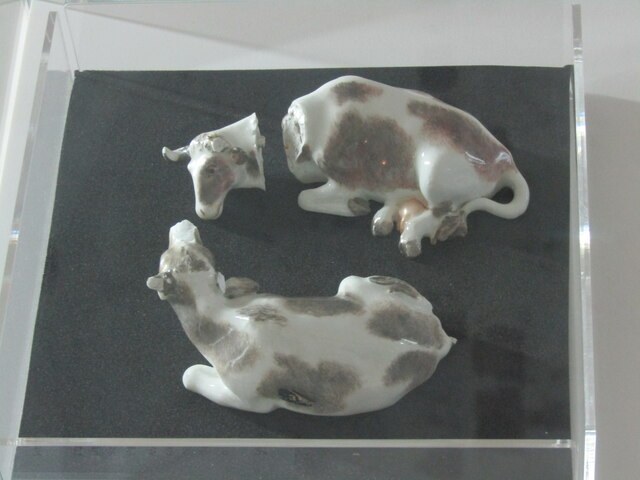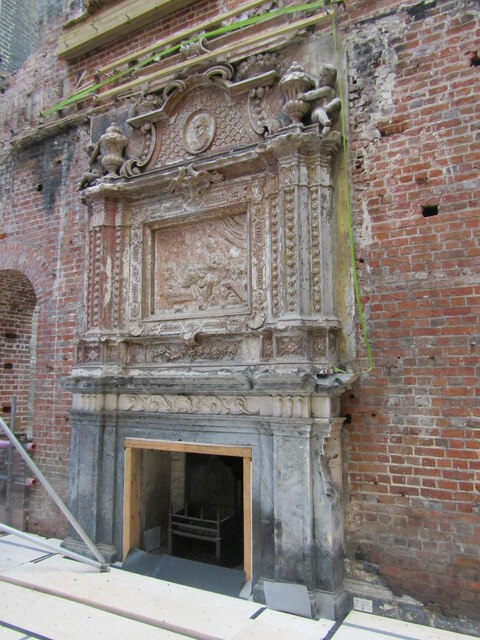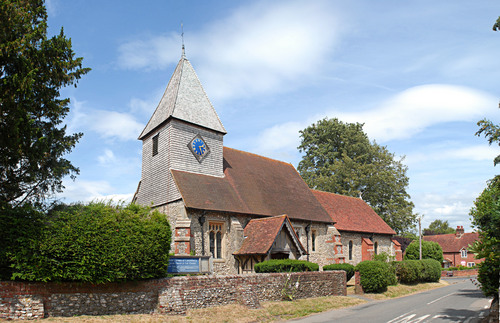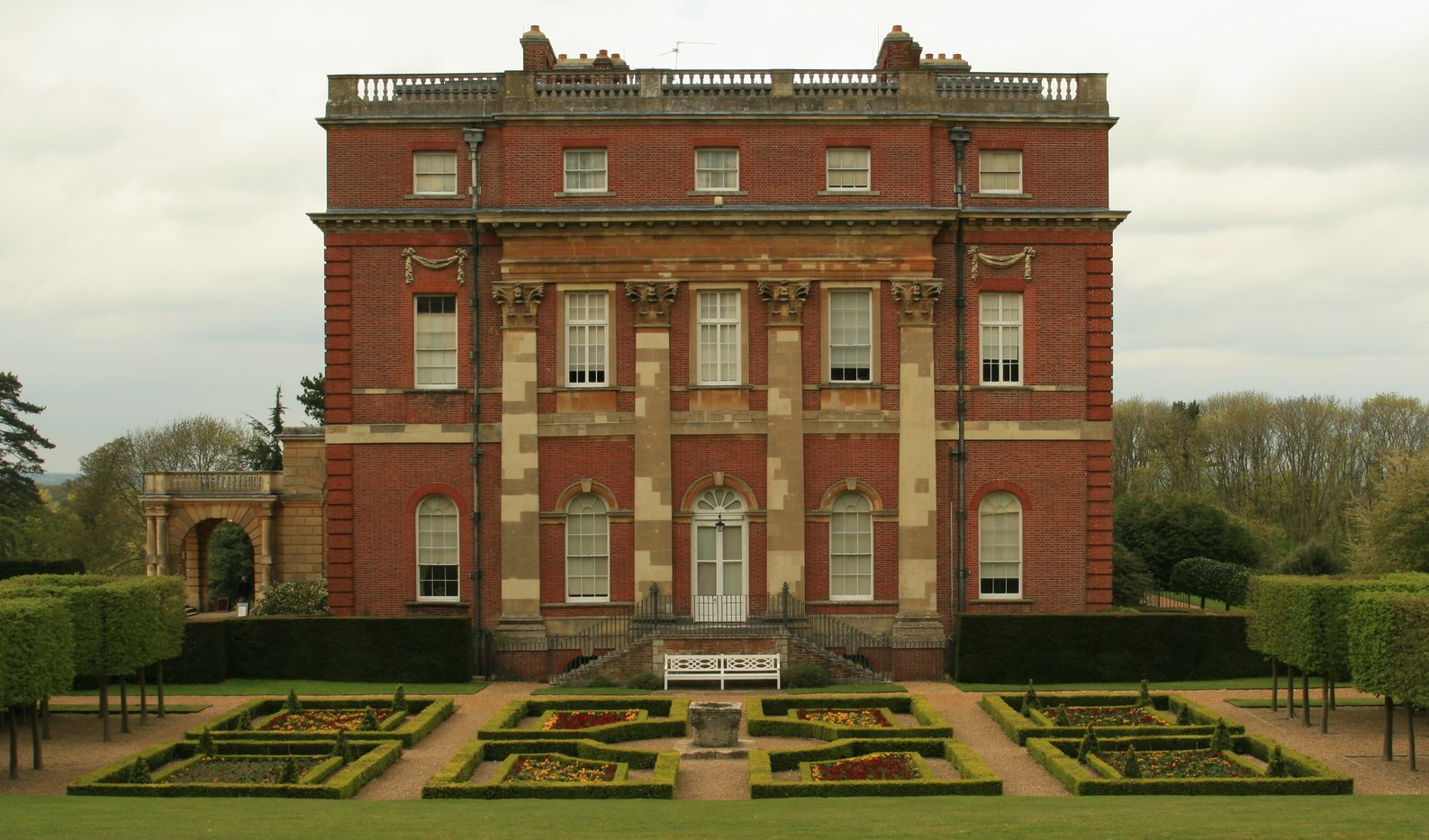Norcote Wood
Wood, Forest in Surrey Guildford
England
Norcote Wood
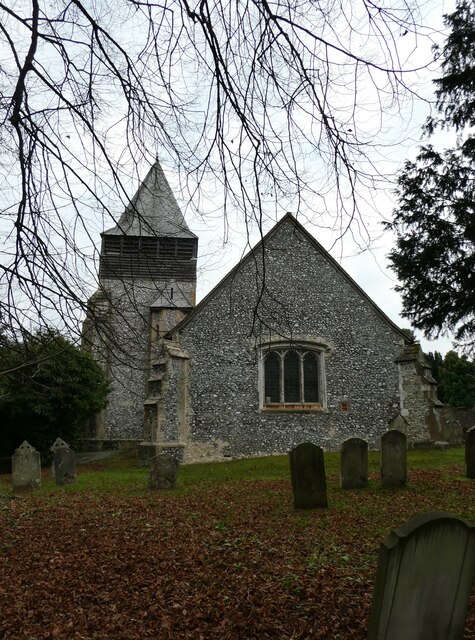
Norcote Wood is a picturesque woodland located in the county of Surrey, England. Covering an area of approximately 100 acres, it is situated in the southern part of the county, near the village of Norcote. The wood is part of a larger forested area known as the Surrey Hills Area of Outstanding Natural Beauty.
The woodland is predominantly composed of deciduous trees, with a variety of species including oak, beech, and birch. These trees create a dense canopy, providing shade and shelter for a diverse range of wildlife. Norcote Wood is particularly known for its rich bird population, with species such as woodpeckers, owls, and warblers often spotted among the branches.
The forest floor is covered in a thick carpet of ferns, mosses, and wildflowers, adding to the beauty and biodiversity of the wood. It is a popular destination for nature lovers, hikers, and photographers, who can enjoy the tranquil atmosphere and capture stunning images of the natural surroundings.
Norcote Wood is crisscrossed by a network of footpaths and trails, allowing visitors to explore the area and discover hidden spots within the woodland. These pathways are well-maintained and provide a pleasant walking experience for both casual strollers and more experienced hikers.
The wood is also home to several species of mammals, including deer, foxes, and badgers, which can often be seen foraging for food or roaming through the undergrowth. The peaceful and secluded nature of Norcote Wood makes it a haven for wildlife, offering them a safe and undisturbed habitat.
Overall, Norcote Wood is a beautiful and tranquil woodland in Surrey, offering visitors the opportunity to immerse themselves in nature and enjoy the sights and sounds of a thriving ecosystem.
If you have any feedback on the listing, please let us know in the comments section below.
Norcote Wood Images
Images are sourced within 2km of 51.259236/-0.49075324 or Grid Reference TQ0552. Thanks to Geograph Open Source API. All images are credited.
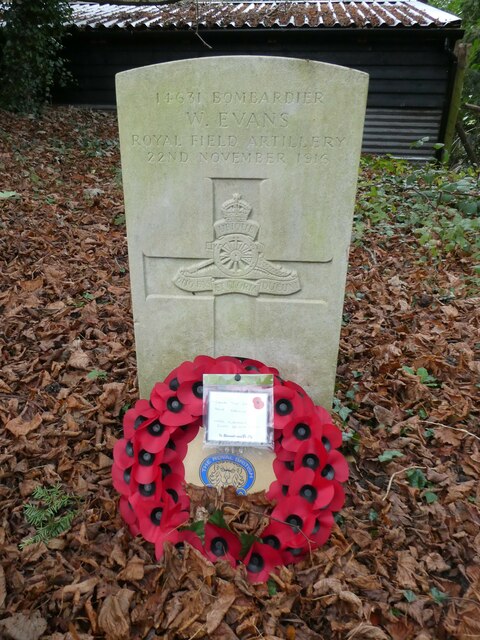
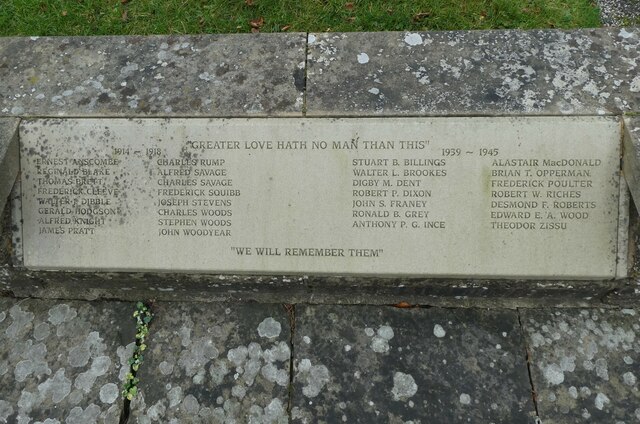
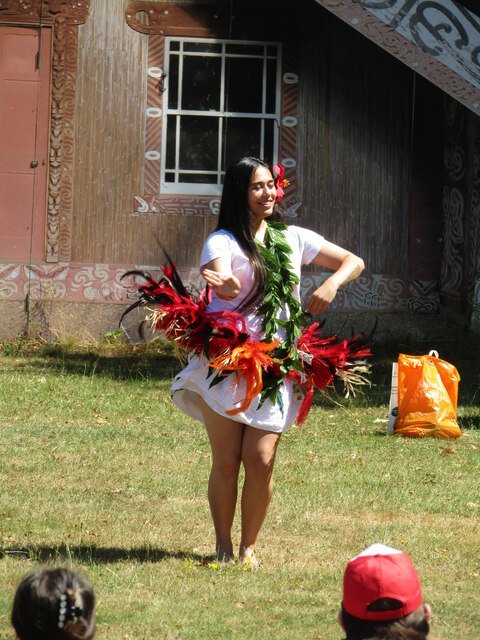
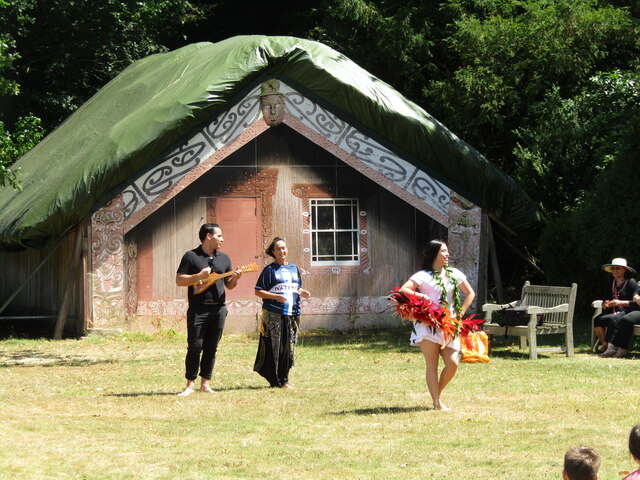
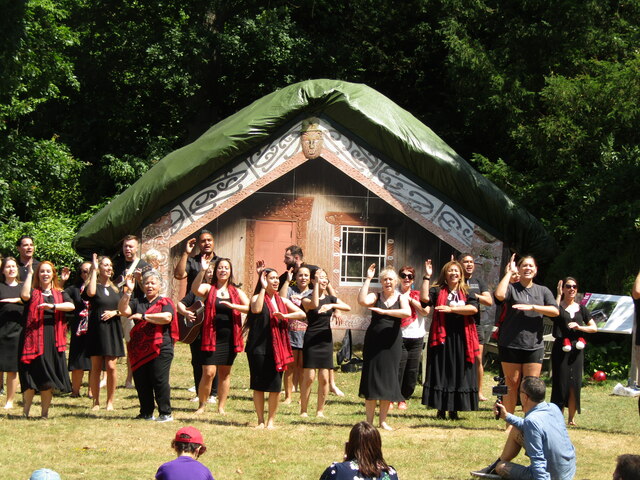
Norcote Wood is located at Grid Ref: TQ0552 (Lat: 51.259236, Lng: -0.49075324)
Administrative County: Surrey
District: Guildford
Police Authority: Surrey
What 3 Words
///gallons.venues.tells. Near West Clandon, Surrey
Nearby Locations
Related Wikis
East Clandon
East Clandon is a village and civil parish in Surrey, England on the A246 between the towns of Guildford to the west and Leatherhead to the east. Neighbouring...
Clandon railway station
Clandon railway station is located in the village of West Clandon in Surrey, England. It is 25 miles 26 chains (40.8 km) down the line from London Waterloo...
North Downs
The North Downs are a ridge of chalk hills in south east England that stretch from Farnham in Surrey to the White Cliffs of Dover in Kent. Much of the...
West Clandon
West Clandon is a village in Surrey, England within 1 mile of the A3. It is situated one mile north west of the much smaller separate village of East Clandon...
Hatchlands Park
Hatchlands Park is a red-brick country house with surrounding gardens in East Clandon, Surrey, England, covering 170 hectares (430 acres). It is located...
HM Prison Send
HM Prison Send is a closed category women's prison in the extreme south of Ripley nearer Send in Surrey, England. Its post town is Woking. The prison...
Clandon Park House
Clandon Park House is an early 18th-century grade I listed Palladian mansion in West Clandon, near Guildford in Surrey.It stands in the south east corner...
West Horsley
West Horsley is a semi-rural village between Guildford and Leatherhead in Surrey, England. It lies on the A246, and south of the M25 and the A3. Its civil...
Have you been to Norcote Wood?
Leave your review of Norcote Wood below (or comments, questions and feedback).
